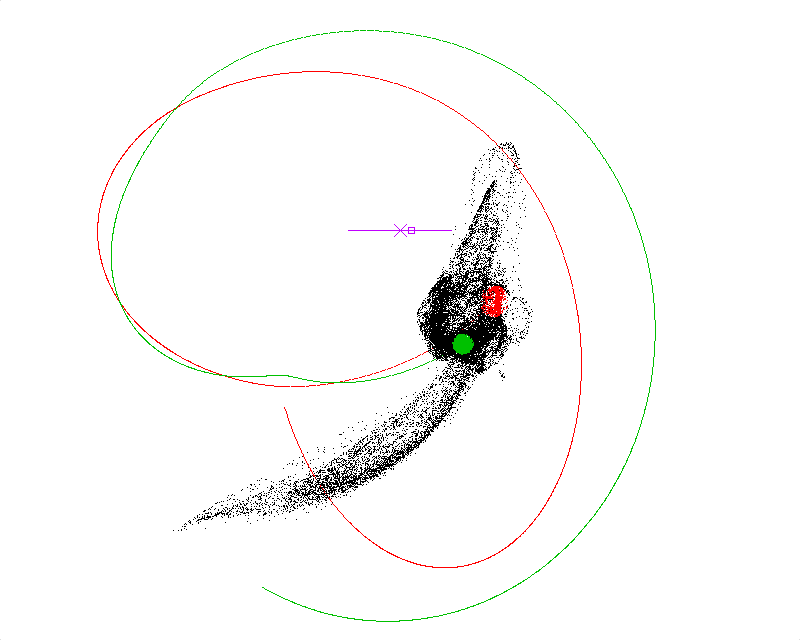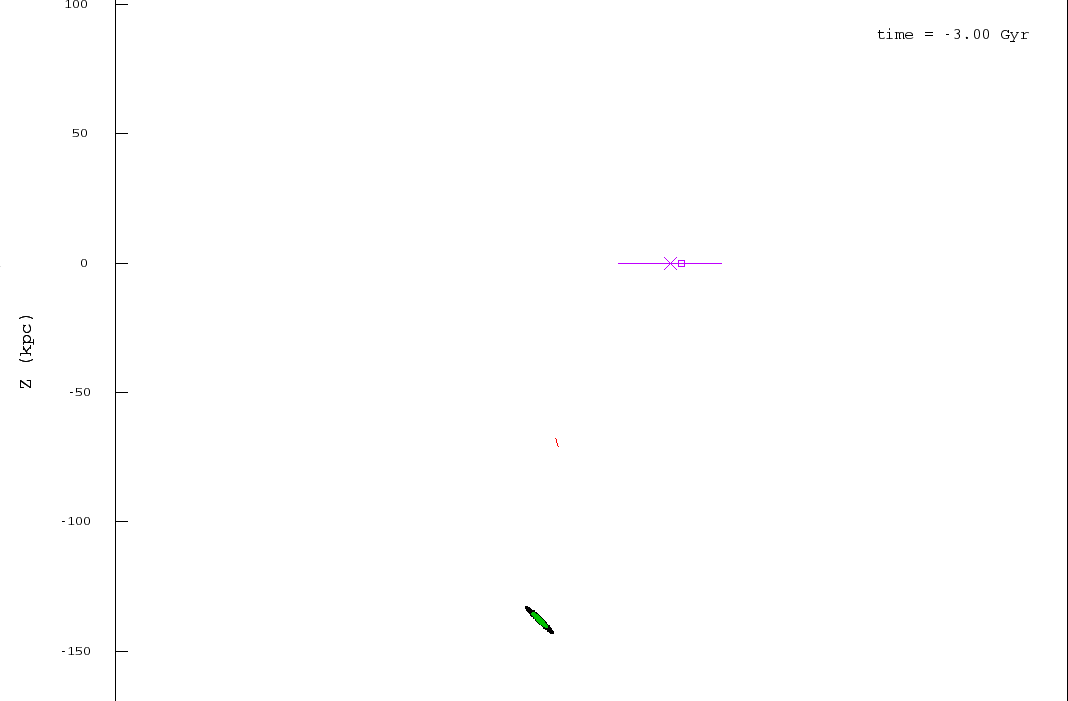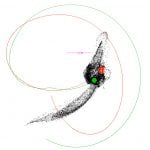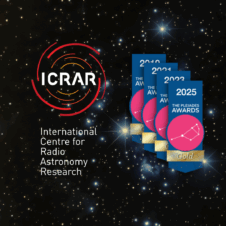Giant cosmic tails point to a recent marriage

 ICRAR astronomers Jonathan Diaz (left) and Dr Kenji Bekki (right) have created a new explanation for how a giant stream of gas came to trail behind the Magellanic Clouds.
ICRAR astronomers Jonathan Diaz (left) and Dr Kenji Bekki (right) have created a new explanation for how a giant stream of gas came to trail behind the Magellanic Clouds.
Media Release
New models show that our nearest galactic neighbours became entangled in a cosmic dance over the past few billion years, with a dramatic close encounter around 1.2 billion years ago.
In a paper to be published in the Monthly Notices of the Royal Astronomical Society, International Centre for Radio Astronomy Research (UWA) astronomers Jonathan Diaz and Dr Kenji Bekki have modelled the movement of the Large and Small Magellanic Clouds around the Milky Way and the structure of the gas that surrounds them.
“An enormous stream of hydrogen gas trails behind the Magellanic Clouds as they orbit the Milky Way,” says ICRAR student Jonathan Diaz.
“Previous explanations for the oversized tail had it being stripped away from the Magellanic Clouds during a close approach of the Milky Way around 2 billion years ago.”
However, recent observations made by the Hubble Space Telescope have cast doubt on whether that close approach actually occurred. The new data from Hubble shows that the Magellanic Clouds are moving differently than originally thought.
“We have found a solution to the question raised by the Hubble data, explains Diaz. Weve shown that its possible for the gas stream to form through a violent interaction between the two small galaxies around 1.2 billion years ago, without the need for a strong interaction with the much larger Milky Way.”
“Past models have assumed that the Magellanic Clouds have been cosmic companions since birth, but our work demonstrates a recent and quite dramatic coupling between the Clouds.”
“Our model shows the Magellanic Clouds have been drifting around the Milky Way for many billions of years, but have only just recently found each other,” says Dr Kenji Bekki, supervisor of the project.
“Were going to conduct further simulations and refine our model but this result shows us we still have more to learn about our galaxy and its neighbourhood.”

A 3-Dimensional rotation of the simulated Magellanic Clouds and Stream. The purple line is the Milky Way where the small square is the Earth’s location. The red and green areas are the Large and Small Magellanic Clouds respectively and the black dots represent the gas that has been stripped from the clouds during their close encounter.

An animation of the stream’s formation as shown in Diaz and Bekki’s simulations. It shows the stream forming beginning in the past (approximately 3 Billion years ago) and shows the passage fo time to the present day. The red and green lines are the paths the Magellanic Clouds take in their orbit around the Milky Way. As with the animation above, the purple line is the Milky Way (small square is the Earth’s location) and the red and green areas are the Large and Small Magellanic Clouds respectively. The black dots represent the gas that has been stripped from the clouds during their close encounter.
Media Contact: Kirsten Gottschalk (08 6488 7771, 0438 361 876)
Scientific Contacts:
Jonathan Diaz, ICRAR/UWA (08 6488 3819)
Dr Kenji Bekki, ICRAR/UWA (08 6488 7730)
Original Publication:
Diaz J. and Bekki K, Monthly Notices of the Royal Astronomical Society. Available online at:http://onlinelibrary.wiley.com/doi/10.1111/j.1365-2966.2011.18289.x/abstract


